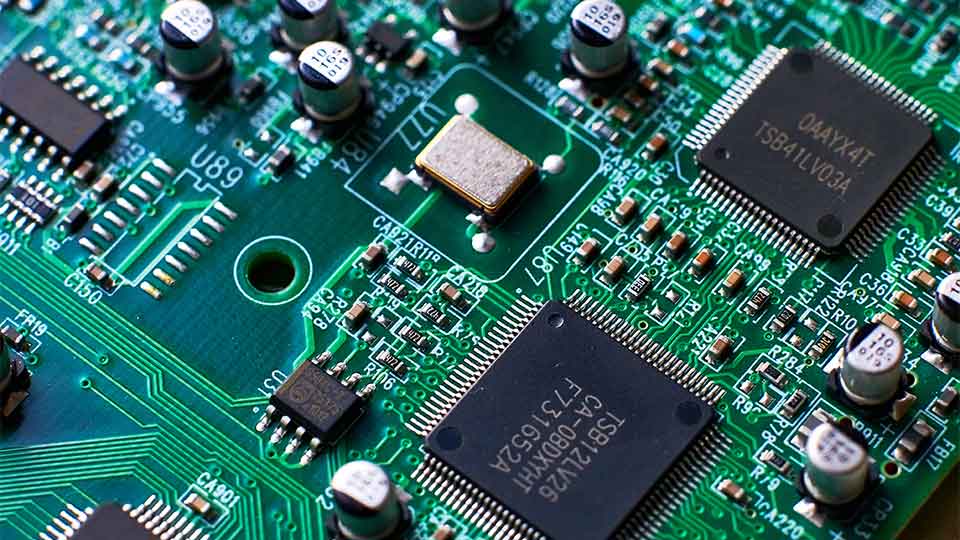Cu-based Advanced Interconnect Materials (AIMs) for heterogeneous integration of power electronics

Cu-based AIMs are developed to enable effective thermal management to integrate and package wide band gap (WBG) power devices.
Our aim
Thermal management for the power modules with the wide band gap (WBG) semiconductors (e.g. SiC, GaN) has become increasingly challenging as the electronic power generation used in LED, solar energy devices and vehicles become downscaling and miniaturising, and potentially serving at higher temperature and frequencies.
Under thermal cycling conditions, the mismatch of the coefficient of thermal expansion (CTE) between adjacent dissimilar materials leads to excessive thermomechanical stresses that can cause premature failures and degrade device performance and lifetime. Dissipating heat effectively and reliably through the modules is critical for power electronics.
Cu-based AIMs are developed to address the CTE mismatch problems by using Cu-based composite materials reinforced with high thermal conductivity but low CTE materials (such as graphene, carbon nanotube etc.) as the filler to bridge the CTE mismatch between Cu and ceramic based die or ceramic (e.g. AlN) substrates. The team has been working closely with the industry, to minimise CTE mismatch across entire architecture of power electronic modules.
A breakthrough for maximising the benefits offered by WBG devices will be fully exploited enabling high efficiency and high temperature reliability in power electronics.
Our research
The project used Autolab electroplating instrument in our group to deposit the Cu-based composite materials such as Cu reinforced by carbonaceous, e.g. Graphene Nano-Platelets (GnPs).
Material analysis and characterisation (SEM/TEM/P-FIB/XRD/Raman/XPS) are performed. 4-point probe methods tested the electrical property, and the thermal property will be tested. Simulation work has also been done by using COMSOL to simulate the effect of Cu-based AIMs on the stress distribution in the power device under high operating temperatures.
Our outcomes
We have developed Cu-GnPs composite coatings by pulse reversed electroplating method. It has been confirmed that GnPs have been incorporated into the Cu coatings, primarily in the surface region, and forming various clusters with the GnPs embraced inside.
The composite coatings the microstructure. The electrical property of the coatings has been maintained at a similar level. In contrast, the CTE measurement of the coatings and the effect of Cu-GnPs coatings on the bonding process can be significantly enhanced, anticipating an increased thermal conductivity but decreased CTE overall.
Project lead: Professor Changqing Liu
This research project closely collaborates with industry to deliver tangible solutions for heterogeneous integration of power electronics given the challenges in further uptakes of future WBG semiconductors.